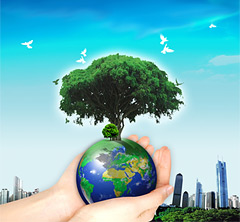Looking for more insights?
Sign up to stay informed about our latest article releases.
Many organizations are reaping financial and image-enhancing benefits by adopting product lifecycle analysis policies aimed at boosting sustainability efforts. Successful initiatives, with significant downstream payoff, will flourish in companies that embrace comprehensive lifecycle analysis as a key strategic guideline, and that supply management and financial resources to make it work. There are no universally accepted standards for product lifecycle analysis, however, so results are somewhat subjective and, therefore, not always absolutely quantifiable.

Sign up to stay informed about our latest article releases.